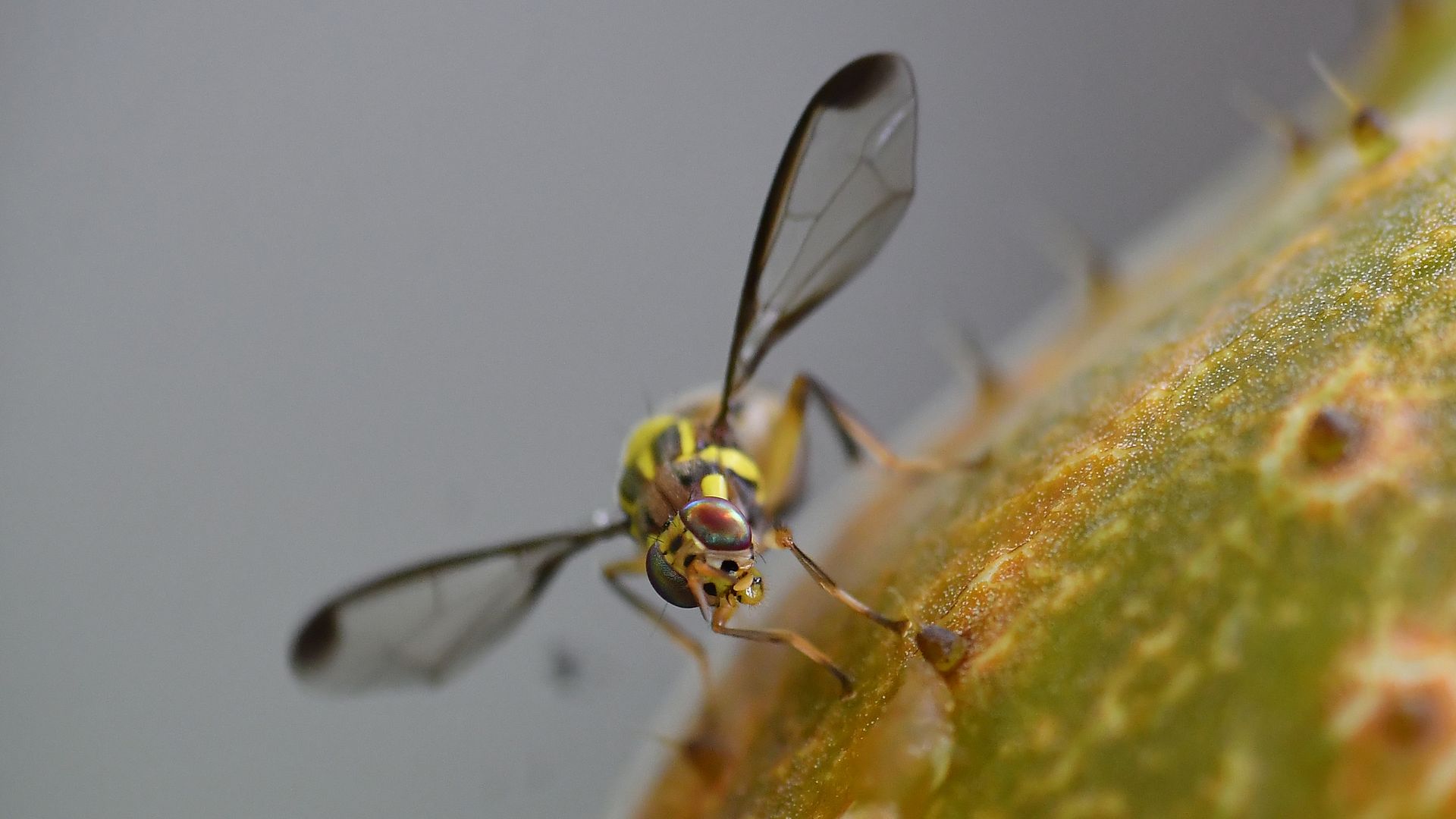
| Published July 15, 2025
In a plan that sounds straight out of a science fiction novel, the U.S. government is preparing to release billions of genetically sterilized flies along the southern border. The goal? To stop the spread of a flesh-eating parasite known as the New World screwworm, a threat that has re-emerged in parts of Mexico and now looms dangerously close to U.S. soil. While scientists hail the initiative as a proven and environmentally safe strategy, critics are raising eyebrows over the scale and secrecy of the operation—fueling both scientific debate and public suspicion. As the first wave of these lab-engineered flies gets ready for takeoff, the battle between biosecurity and public perception is already in full flight.
🦟 What’s the Threat?
-
New World screwworm (Cochliomyia hominivorax) is a parasitic fly whose larvae (“maggots”) infest open wounds of warm-blooded animals, consuming living tissue—a condition known as myiasis.
-
It was eradicated from the U.S. by the 1960s using a sterile-insect technique (SIT)—releasing radiation-sterilized male flies to collapse populations.
-
Recently, outbreaks in Central America have progressed into southern Mexico since late 2024, threatening a re-invasion into the U.S., which could devastate cattle, pets, wildlife, and occasionally humans for potentially hundreds of billions in economic losses.
🎯 What Will the US Do?
-
New facilities:
-
A Texas distribution center at Moore Air Base funded with $8.5 million, expected operational by late 2025/early 2026.
-
A converted insect-release facility in Metapa, Mexico—$21 million investment—set to come online by mid-2026.
-
-
Production scale-up:
-
Current Panama facility produces ~117 million sterile males weekly. New plants aim to boost this capacity toward 400 million/week.
-
-
Tactical release:
-
Millions to billions of sterile male flies will be released—likely via planes or drones—across southern Mexico and Texas. The sterile males will mate with wild females, which lay non‑fertile eggs, collapsing the screwworm population over successive generations.
-
-
Supporting measures:
-
U.S. has halted live cattle, bison, and horse imports from affected Mexican regions after detection of NWS as close as ~370 miles from the border
-
Enhanced livestock monitoring, border inspections, and state coordination (Arizona, New Mexico, Texas) accompany the sterile-fly campaign.
-
✅ Why It’s Effective
-
SIT is environmentally friendly, targeting only the pest species without harming other wildlife or leaving chemical residues .
-
This method previously eliminated screwworms from North America—Panama weekly releases maintained a biological barrier.
-
Experts describe this as the scientifically proven and safest way to suppress invasions, given screwworm’s severe livestock and human health risks.

“Mexico will also begin renovation of its sterile fruit fly facility in Metapa this week, with renovation expected to be completed by July 2026,” per the USDA. Photo: Anuwar Hazarika/NurPhoto via Getty Images
 Implications:
Implications:
The release of sterile flies to combat the New World screwworm carries significant implications on multiple fronts:
🔬 Public Health & Animal Safety
If the parasite crosses into the U.S., it could trigger a bio-emergency—infesting livestock, pets, wildlife, and even humans. Unchecked, this would result in painful infestations, forced culling, and potential human infections, especially in rural or border communities with limited veterinary access.
💰 Economic Stability
A screwworm outbreak in the U.S. could devastate the cattle industry, risking over $100 billion in damages across agriculture, meat production, and exports. The economic fallout would be severe—comparable to a pandemic-level disruption for ranching states like Texas, Oklahoma, and New Mexico.
✈️ Government Trust & Transparency
The sheer scale of the plan—dropping billions of engineered flies from aircraft—has alarmed segments of the public, especially as the operation receives little mainstream attention. Conservative voices frame it as another example of government secrecy, sparking fears of unintended ecological consequences or dual-use biotechnologies.
🌎 Environmental Impact
Unlike pesticides or mass culling, the sterile-insect technique (SIT) is considered non-toxic and species-specific, meaning it doesn’t harm beneficial insects, predators, or soil health. If successful, it may serve as a model for other pest outbreaks globally, from mosquitos to crop-destroying beetles.
🇲🇽 U.S.-Mexico Cooperation
The operation underscores deepening cross-border biosecurity collaboration, as U.S. funding supports fly production and release facilities inside Mexico. While diplomatically necessary, it also raises questions of sovereignty and dependency, as Mexico becomes both the front line and the testing ground.
 Overall Takeaway:
Overall Takeaway:
The fight against the flesh-eating screwworm is not just a battle of science versus nature—it’s a test of how far governments will go to protect public health, agriculture, and national biosecurity. For many, the image of aircraft releasing billions of sterilized flies over border regions is unsettling, even dystopian. Yet for scientists and agricultural officials, it’s a calculated, evidence-based move to prevent economic catastrophe and ecological disaster.
As the operation unfolds, the sterile fly campaign may prove to be a quiet success—stopping an invisible enemy before most Americans even realize it was a threat. But the broader questions remain: Can high-tech pest control coexist with public trust? And what happens when necessary science meets a skeptical, politically divided public? The answers may determine how we handle future bio-threats—not just from nature, but from our own perceptions of control.





Be the first to comment